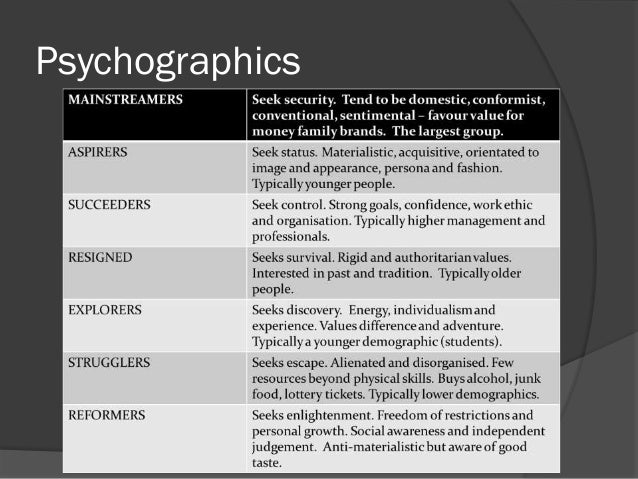Male gaze theory
First of all, there is the male gaze theory. The male gaze theory, created by Laura Mulvey, states that the audience is put into the perspective of a heterosexual man. A scene may focus on specific appealing parts of a woman, basically giving the audience a man's perspective. In addition, the male gaze theory suggests that women are denied human identity and are instead intended to be almost objects to be admired for their physical appearance. Finally, the theory also states that the media is dominated by men.
As well as this, Mulvey has stated that the role of a woman in a narrative has only two functions:
- To provide a visual pleasure for the characters in the narrative.
- To provide visual pleasure for the audience of the media text.
Examples of media texts that use the male gaze theory are shown below.
Cultivation theory
Furthermore, another theory is the cultivation theory. The cultivation theory states that if something (e.g. A stereotype or an idea) is repeated over and over, eventually it will become normalised. For example, certain things have become normal in the media due to constant repetition, including sexualisation of women and negative stereotypes of gypsies. Below is a video to explain this further.
Hypodermic needle theory
Another theory to be noted is the hypodermic needle theory, although it may also be named as the Magic Bullet Theory. This theory implies that the media has a direct, immediate and powerful effect on its audiences. The word "needle" implies that the media "shoots" or "injects" you with appropriate messages designed to trigger a desired response. Both images that are used to express this theory (A bullet and a needle) suggest a powerful and direct flow of information from the media to its audience.
Uses and Gratifications theory (UGT)
The UGT states why people use the media. In 1974, Blumler and Katz came up with 4 uses that people have for the media. These include:
Entertainment and escapism e.g. YouTube, radio and Netflix
Surveillance
Personal identity
Social interaction e.g. Facebook, Twitter




